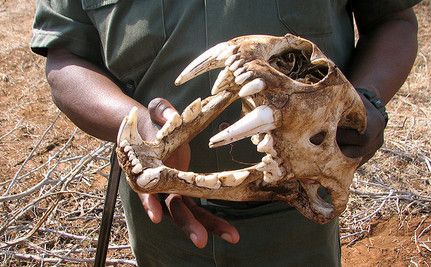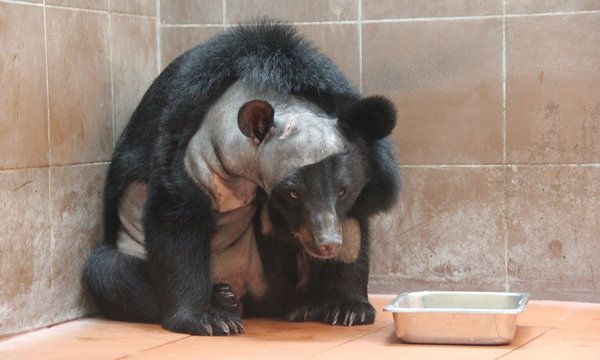Among those that have my present interest are:
Biochar as a soil amendment. I'm not a big fan of slash and burn as that is a destructive and environmentally hazardous practice on the mountains of Laos, because the components are not integrated into the soil, they're just left to lie on top of the mountain and current practices are done with little oversight and support, so we threaten our biodiversity in Laos. But the biochar movement has good science behind it, and could have some great effects in creating a sustainable environment. I would hate to see the method used successfully to make crops that are only used to feed strangers, not the internal population.
One of the interesting projects is also how to incorporate the Local Exchange Trading System model to include barter and exchange of in-kind services, in addition to local currency to allow the proliferation of biochar kilns in developing countries and avoid a ridiculous cycle of inaccessibility. Day One Design demonstrates a project in Thailand here:

The Atlantic has posed some interesting ideas regarding the emergence of methane hydrate research, which could become just as big as fracking in the next two to three decades at the current rate of progress. While it could be great for many countries, where would Laos stand to be affected, since it is located inland.
I would also take into account The Diplomat's article on what oil fracking could mean for Southeast Asia. Laos isn't in the picture yet, nor would I necessarily want it to be. Overall, how can Laos design and develop a healthy level of food and energy security for itself, especially considering 30% of the countryside is contaminated with unexploded ordnance.
Can and should Laos take a position of creating food security for its people, particularly in terms of restricting genetically modified organisms? The rest of the world is becoming deeply concerned with the monocropping model that would create an intolerable reliance on corporations like Monsanto who are interested in profits rather than ecologically-sound sustainability.
I consider this even as I try to grow the Fantome du Laos tomatoes and Lao eggplants in my own back yard, developing an appreciation for heirloom seeds. I would be deeply concerned that there isn't an effective agricultural education infrastructure to teach Lao farmers how to appreciate what they have, even as they work to improve their crop yields.
I consider this even as I try to grow the Fantome du Laos tomatoes and Lao eggplants in my own back yard, developing an appreciation for heirloom seeds. I would be deeply concerned that there isn't an effective agricultural education infrastructure to teach Lao farmers how to appreciate what they have, even as they work to improve their crop yields.
The Wall Street Journal recently covered the Thai rice shortage and I am curious how that is affecting Lao crops and who's really going to be affected the most from this situation.
I always disapprove of quack science, particularly a lot connected with traditional herbalists. Which places me in a bind because I also disapprove of many big pharma practices. I could probably go into a lengthy discussion on the topic but one thing that always kills me is news about Chinese and other Asian medicine markets driving tigers, elephants, bears and other creatures into extinction for their genitals, glands and other bits, and now trying to source ingredients from countries in Africa. It's just utterly unsound.

On a more positive note, the brain surgery on a bear in Laos was fascinating. “Rescued as a cub, Champa stood out from the start,” according to National Geographic.“She had a protruding forehead and had trouble socializing with the other bears at the sanctuary. Over time, her growth slowed, her behavior became more erratic, and her vision faded.” Euthanizing Champa was not considered an option in the largely Buddhist country, so a British veterinary surgeon, Romain Pizzi, who describes his specialty as “minimally invasive ‘keyhole’ surgery of wildlife,” operated on her, just as he has done on seals, reindeer and jaguars. Six weeks post-op, Champa looked perkier, her caretakers said; she had gained weight and grown chummier with other bears."

No comments:
Post a Comment